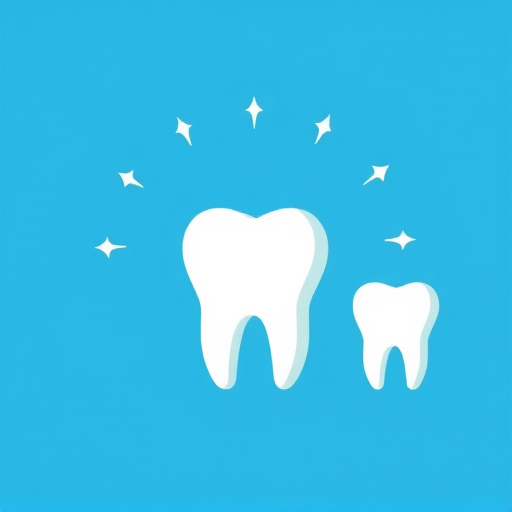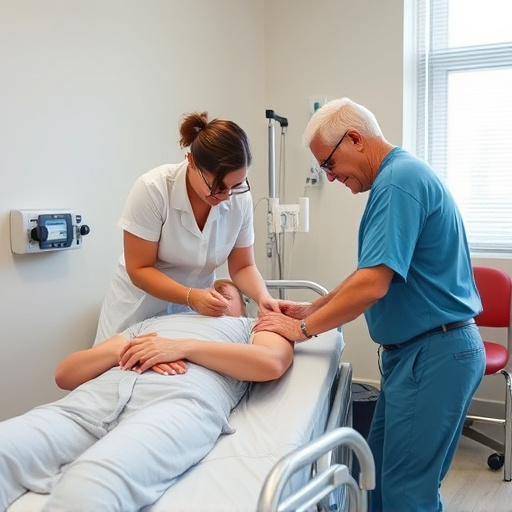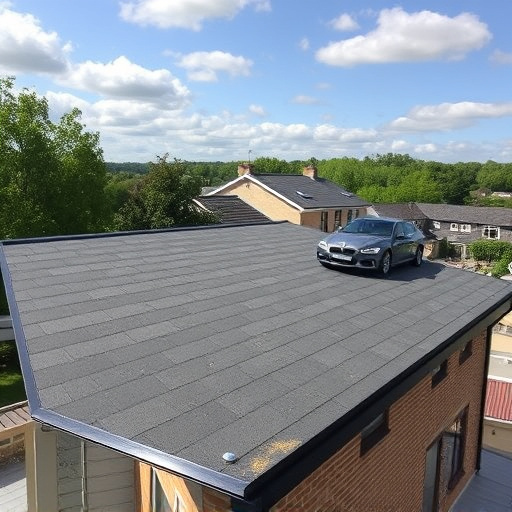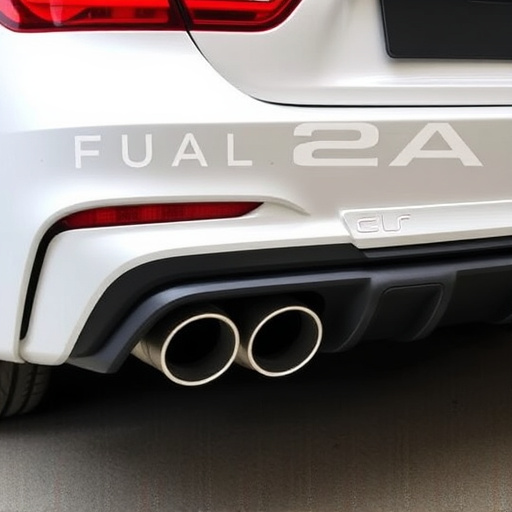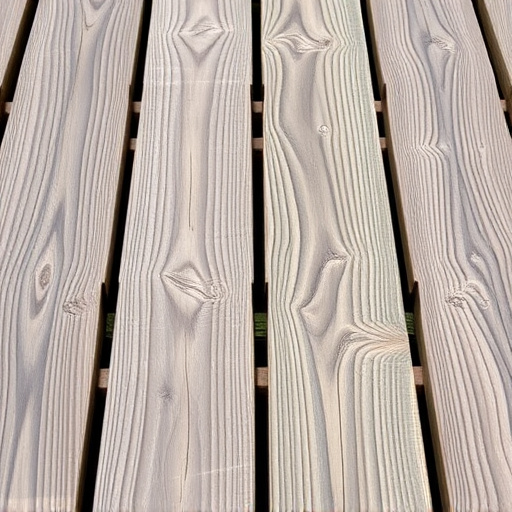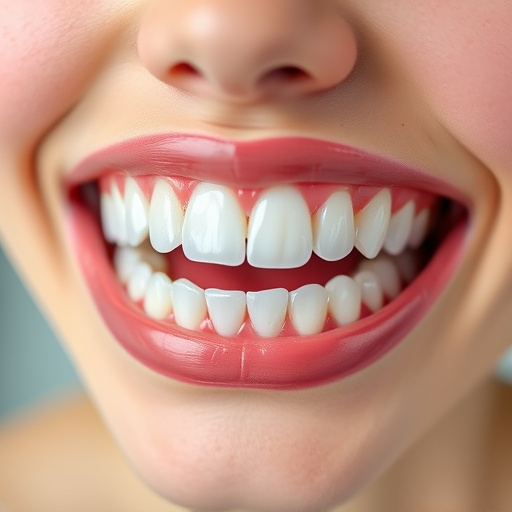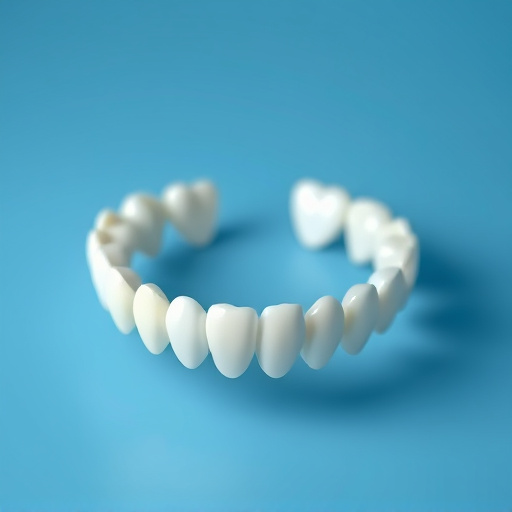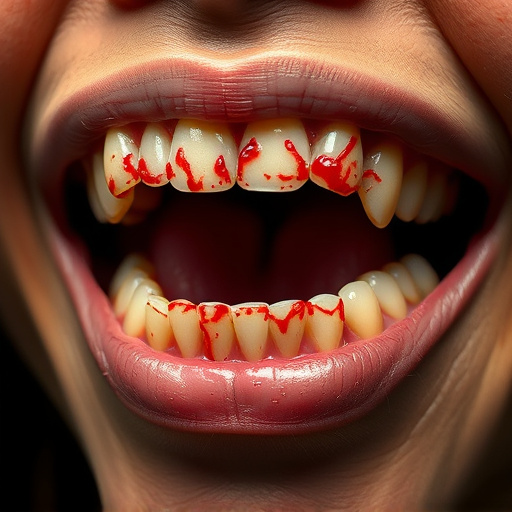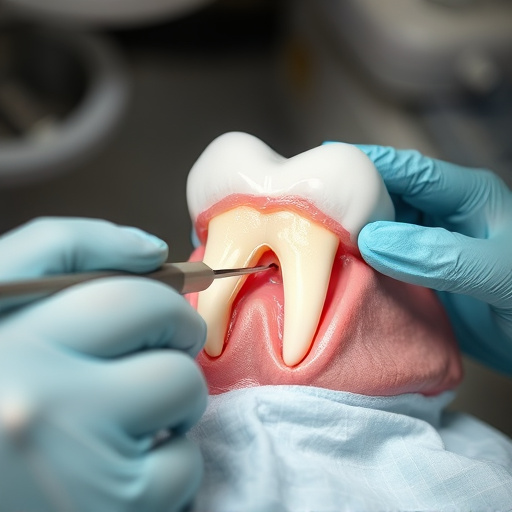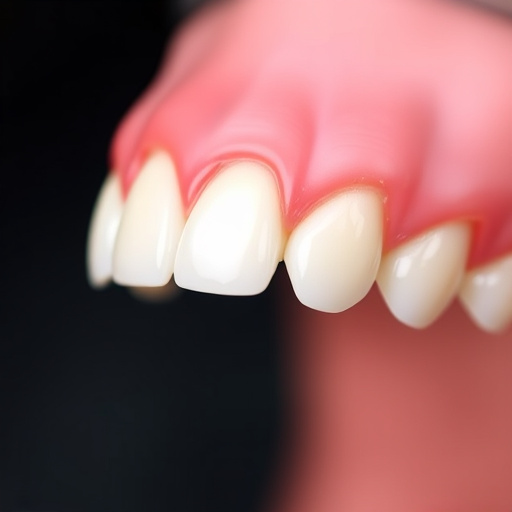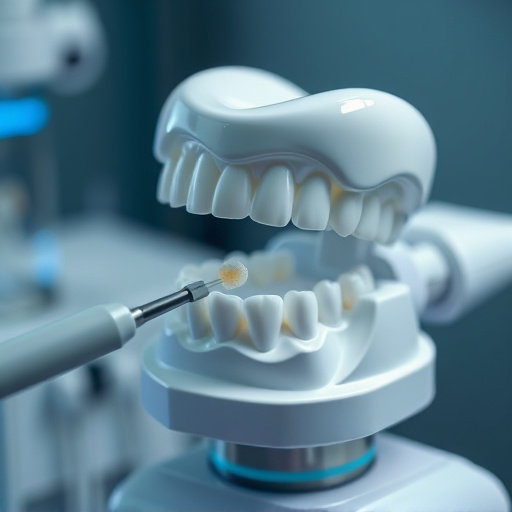3D dental imaging is a revolutionary technology that enhances oral healthcare with detailed 3D models of teeth, gums, and bones, surpassing traditional 2D X-rays. This advanced method enables early detection of periodontal issues like bone loss and gum recessions, aids in precise treatment planning, including crown placement, and improves emergency care by offering quick health assessments during urgent visits. It also supports monitoring oral health development in children, making it a versatile tool for better dental care outcomes.
In the realm of advanced dental care, 3D dental imaging has emerged as a game-changer in assessing periodontal and bone health. This revolutionary technology offers unprecedented detail, enabling dentists to detect even subtle changes in oral structures. By generating precise, three-dimensional models of teeth and gums, 3D imaging provides a comprehensive view, enhancing diagnostic accuracy and treatment planning. In this article, we explore the benefits of 3D dental imaging for periodontal health assessments and its role in enhancing bone health evaluations.
- Understanding 3D Dental Imaging Technology
- Benefits of 3D Imaging for Periodontal Health
- How 3D Imaging Enhances Bone Health Assessment
Understanding 3D Dental Imaging Technology
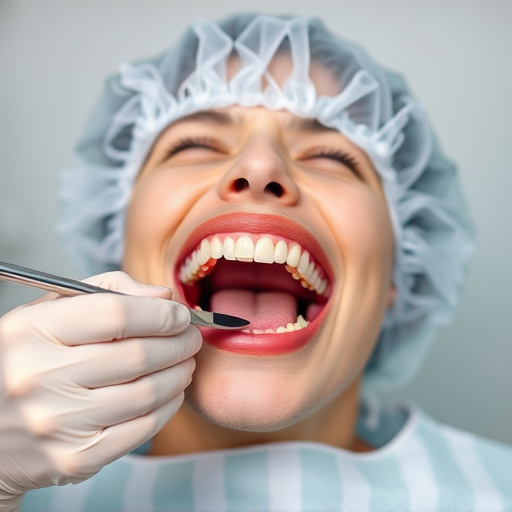
3D dental imaging has revolutionized comprehensive dental care, offering a detailed and precise view of oral health that traditional methods struggle to match. This advanced technology captures intricate 3D models of teeth, gums, and bone structures, providing dentists with an unparalleled level of understanding. Unlike standard two-dimensional X-rays, 3D imaging provides a complete, three-dimensional picture, enabling the detection of even subtle abnormalities.
By utilizing specialized scanners, this innovative approach generates high-resolution images that can be rotated and viewed from various angles. This feature is particularly beneficial for periodontal and bone health checks, as it allows dentists to assess gum recessions, bone loss, and tooth positions with unprecedented accuracy. Moreover, 3D dental imaging aids in planning cosmetic dentistry procedures, ensuring precise tooth repair and restoration.
Benefits of 3D Imaging for Periodontal Health
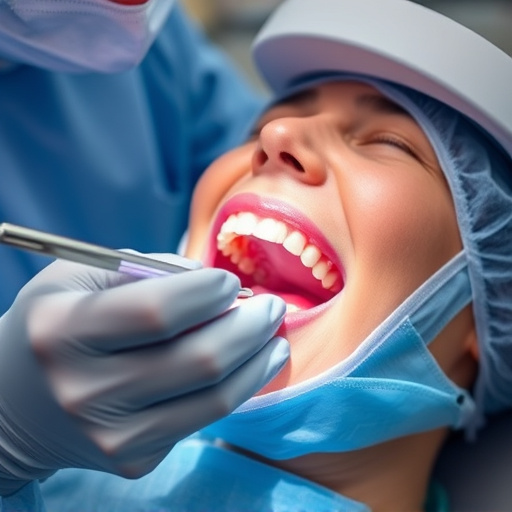
3D dental imaging offers significant advantages for assessing periodontal health. Unlike traditional 2D X-rays that provide a flat view of the mouth, 3D imaging creates detailed, three-dimensional models of teeth and gum structures. This allows dentists to detect subtle issues such as bone loss or gum recessions more accurately and early on. With these detailed visuals, professionals can plan tooth repair procedures with greater precision, ensuring better outcomes for patients.
Furthermore, the non-invasive nature of 3D imaging makes it a valuable tool in emergency dental care scenarios. It enables quick assessments of periodontal health during urgent visits, helping to determine the extent of damage and guiding immediate treatment decisions. Even in children’s dentistry, where early detection of gum diseases is crucial, 3D imaging can be beneficial for monitoring oral health growth and development.
How 3D Imaging Enhances Bone Health Assessment
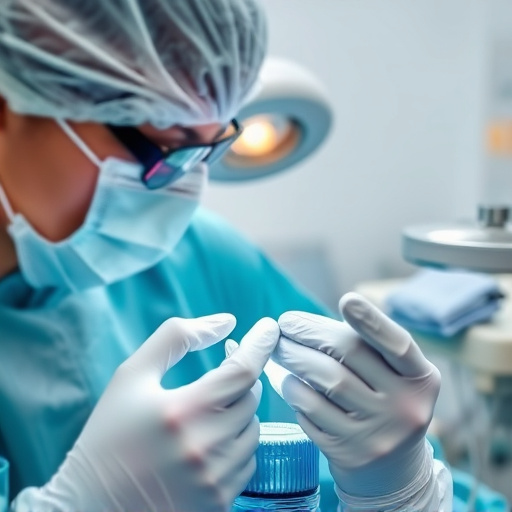
3D dental imaging offers a revolutionary approach to bone health assessment, providing dentists with an unparalleled level of detail and accuracy. Unlike traditional 2D radiographs, which offer a flat view, 3D imaging provides a comprehensive three-dimensional representation of teeth, gums, and surrounding bone structures. This advanced technology allows for a more precise identification of bone loss, gum disease, or any abnormalities that might be missed in routine oral exams.
By capturing detailed images from multiple angles, 3D dental imaging enables dentists to thoroughly examine the complex architecture of the jawbone. This is especially crucial when it comes to evaluating bone health, as it facilitates the early detection of conditions like periodontitis, which can lead to significant bone loss over time. Moreover, with 3D imaging, dentists can more effectively plan treatments, such as recommending dental crowns or other restorative procedures, ensuring optimal placement and alignment based on the precise 3D model.
3D dental imaging is transforming the way we assess periodontal and bone health, offering a revolutionary approach compared to traditional 2D methods. By providing detailed, three-dimensional models of dental structures, this technology enables dentists to detect even subtle changes in gum tissue and bone density with unparalleled accuracy. The benefits are clear: early detection of periodontitis, improved planning for regenerative procedures, and enhanced overall oral health management. As this technology continues to evolve, 3D dental imaging is poised to become an indispensable tool in maintaining and restoring optimal periodontal and bone health.

